Home>diy>Architecture & Design>Who Specializes In The Design And Construction Of An Outdoor Deck Behind The House
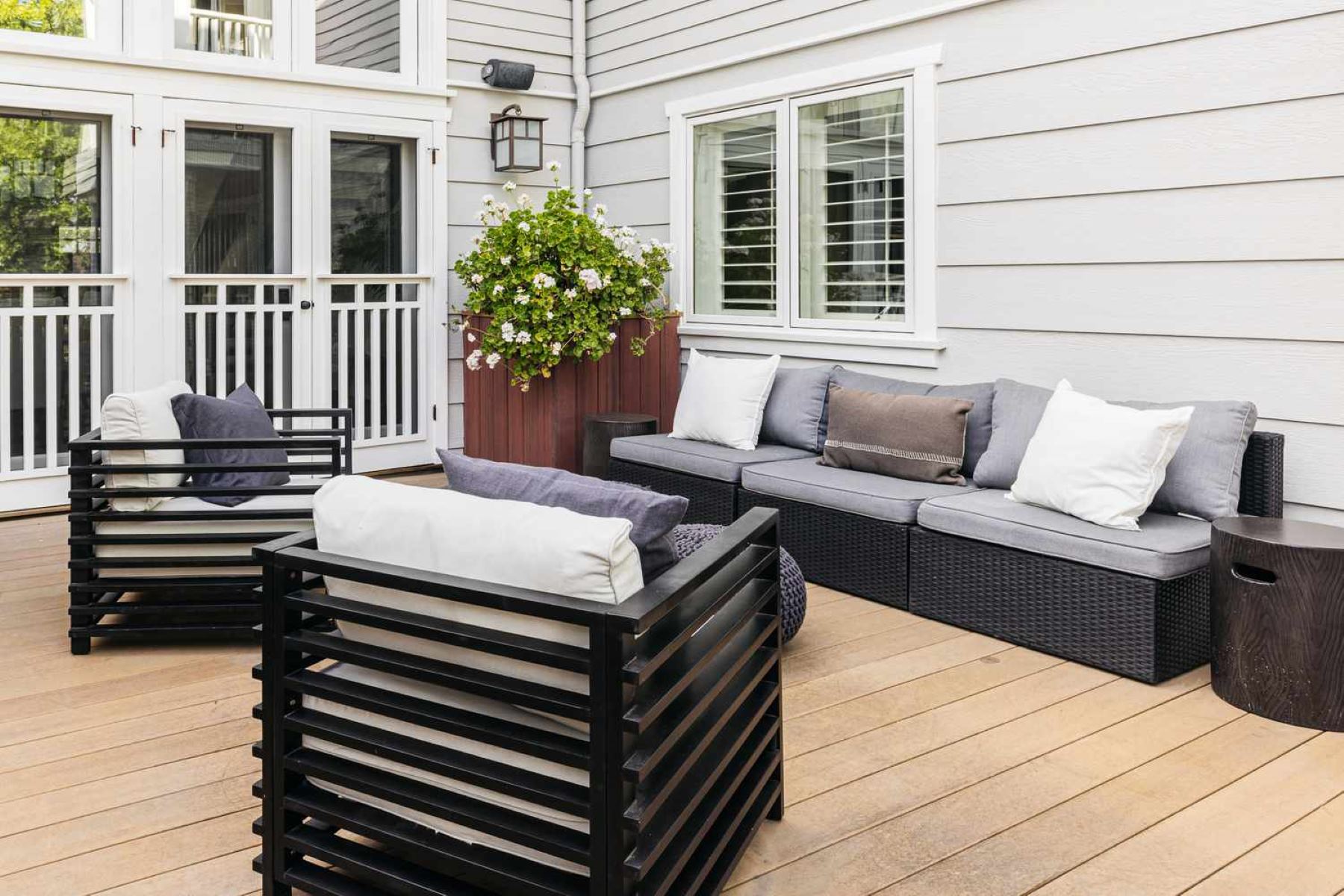

Architecture & Design
Who Specializes In The Design And Construction Of An Outdoor Deck Behind The House
Modified: December 7, 2023
Find a skilled architecture designer who specializes in creating and building stunning outdoor decks that perfectly complement your home.
(Many of the links in this article redirect to a specific reviewed product. Your purchase of these products through affiliate links helps to generate commission for Storables.com, at no extra cost. Learn more)
Introduction
Welcome to the world of outdoor living! If you’re looking to enhance your home’s exterior, create a versatile space for relaxation and entertainment, and increase its value, then designing and constructing an outdoor deck behind your house is a fantastic option. An outdoor deck not only provides additional square footage to your living space but also allows you to enjoy the beauty of nature and the great outdoors.
Whether you envision hosting lively BBQs, enjoying quiet mornings with a cup of coffee, or simply unwinding after a long day, an outdoor deck can be your personal oasis. It serves as an extension of your home, blurring the boundary between indoor and outdoor living, and creating a seamless transition that connects you with nature.
However, building an outdoor deck requires careful planning, professional expertise, and a deep understanding of architecture and design principles. To ensure that your vision becomes a reality, it’s crucial to find the right professional who specializes in outdoor deck design and construction.
In this article, we will explore the benefits of having an outdoor deck, discuss how to find the right professional for the job, delve into the factors to consider in designing your dream deck, explore the various materials and finishes available, understand the construction process, and touch on the maintenance and repair aspects of owning an outdoor deck.
So, grab a cup of coffee and let’s dive into the world of outdoor deck design and construction!
Key Takeaways:
- Finding the right professional for your outdoor deck project is crucial. Research, check credentials, and prioritize effective communication to ensure a successful collaboration and the realization of your vision.
- Regular maintenance and prompt repairs are essential for preserving the longevity and safety of your outdoor deck. By following these tasks, you can enjoy your outdoor space for many years to come.
Read more: What Is Behind Siding On A House
Benefits of an Outdoor Deck
An outdoor deck offers numerous benefits that can transform your living experience and add value to your property. Here are some of the key advantages of having an outdoor deck:
- Expanded Living Space: An outdoor deck provides extra square footage, giving you more room to spread out and enjoy various activities. It can serve as an outdoor dining area, a cozy lounge, or even an outdoor kitchen.
- Connection with Nature: Being outdoors has a calming effect on the mind and body. With an outdoor deck, you can immerse yourself in nature, breathe in fresh air, and enjoy the sights and sounds of your surroundings.
- Improved Home Value: A well-designed and well-maintained outdoor deck adds value to your property. It enhances the curb appeal and increases the overall marketability of your home.
- Entertainment and Socializing: An outdoor deck provides a versatile space for entertaining guests and hosting gatherings. It is the perfect setting for BBQs, parties, or simply enjoying quality time with family and friends.
- Flexibility and Versatility: You have the freedom to customize your outdoor deck to suit your unique needs and preferences. From the size and layout to the furniture and decor, the possibilities are endless.
- Enhanced Aesthetics: A well-designed outdoor deck can significantly enhance the aesthetic appeal of your home’s exterior. It adds character, beauty, and a distinct charm that sets your property apart.
- Health and Well-being: Spending time outdoors has been proven to have numerous health benefits, including reduced stress levels, improved mood, and increased vitamin D absorption. An outdoor deck provides a convenient and inviting space to reap these benefits.
- Year-round Enjoyment: With the right design and amenities, an outdoor deck can be enjoyed throughout the year, regardless of the weather. From cozy fire pits and outdoor heaters to covered spaces and lighting, you can create a comfortable outdoor retreat for any season.
These benefits make an outdoor deck a worthwhile investment that enhances your quality of life and provides endless opportunities for relaxation, entertainment, and connection with nature.
Finding the Right Professional
Designing and constructing an outdoor deck requires professional expertise to ensure a successful and satisfactory result. Here are some tips on finding the right professional for your project:
- Research and Referrals: Start by conducting thorough research and seeking recommendations from friends, family, or neighbors who have recently had an outdoor deck built. Their firsthand experiences can provide valuable insights and guide you in your search.
- Check Credentials: Verify the credentials and qualifications of potential professionals. Look for certifications, licenses, and affiliations with reputable organizations, which indicate their level of expertise and commitment to quality standards.
- Portfolio and Experience: Review the portfolios and past projects of potential professionals to evaluate their design style, craftsmanship, and attention to detail. Experience in outdoor deck construction is crucial, as it ensures the ability to handle various challenges and deliver a high-quality end result.
- Communication and Collaboration: Effective communication is key to a successful project. Choose a professional who is attentive, responsive, and willing to listen to your ideas and preferences. Collaboration between you and the professional will help ensure that your vision is realized.
- Budget and Estimates: Discuss your budget with potential professionals and request detailed estimates for the project. Keep in mind that while cost is an important factor, it should not be the sole determining factor. Consider the value and quality that each professional can provide within your budget.
- Reviews and Testimonials: Read reviews and testimonials from past clients to gauge the satisfaction level and overall experience with the professional. Reliable online platforms and local directories can provide insights into the reputation and reliability of the professionals.
- Insurance and Warranty: Ensure that the professional has appropriate insurance coverage to protect against any unforeseen accidents or damages during the construction process. Additionally, inquire about warranties on the materials used and the workmanship provided.
- Personal Connection: Trust your instincts and choose a professional with whom you feel comfortable and confident. Building an outdoor deck is a collaborative effort, so it’s essential to have a positive working relationship.
By following these guidelines, you can find a reputable professional who not only understands your vision but also possesses the necessary skills and expertise to bring your dream outdoor deck to life.
Factors to Consider in Designing an Outdoor Deck
Designing an outdoor deck involves several key factors that need to be considered to create a functional, aesthetically pleasing, and personalized space. Here are some important factors to keep in mind during the design process:
- Size and Layout: Determine the appropriate size of your deck based on your outdoor space and intended use. Consider factors such as the number of people it needs to accommodate, furniture placement, and any additional features you may want to incorporate, such as a dining area, lounging space, or built-in features like a firepit or grill.
- Orientation and Sun Exposure: Assess the orientation of your outdoor space and how the sun moves throughout the day. Consider shade options and the placement of your deck to optimize sunlight during certain times and ensure comfortable usage throughout the day.
- Privacy and Views: Take into account your desired level of privacy and any views you wish to showcase or block. Consider incorporating privacy walls, screening, or landscaping elements to create a secluded and serene space.
- Climate and Weather: Understand the climate and weather conditions in your area and design your deck accordingly. Incorporate features like retractable awnings, pergolas, or built-in heaters to make your deck comfortable in all seasons.
- Materials and Finishes: Select the appropriate materials and finishes for your deck that align with your design preferences, budget, and maintenance requirements. Popular choices include wood, composite decking, stone, concrete, or a combination of these materials.
- Safety Considerations: Ensure that your deck design adheres to local building codes and safety regulations. Incorporate features like railings, lighting, and nonslip surfaces to minimize the risk of accidents and promote safe usage.
- Integration with Landscape: Consider how your deck will blend with the existing landscape and architecture of your home. Aim for a design that harmonizes with the surrounding environment and adds to the overall aesthetic appeal of your property.
- Functionality and Features: Think about the specific functionalities and features you desire in your deck, such as outdoor cooking areas, seating options, storage solutions, or entertainment systems. Ensure that these elements are incorporated seamlessly into the overall design.
- Budget and Maintenance: Set a realistic budget for your deck project and choose materials and features that align with it. Additionally, consider the long-term maintenance requirements of the chosen materials and finishes to ensure your deck remains in excellent condition over time.
By carefully considering these factors, you can create a well-designed and personalized outdoor deck that caters to your specific needs and enhances your overall outdoor living experience.
When looking for a professional to design and construct an outdoor deck behind your house, consider hiring a licensed and experienced contractor with a portfolio of successful deck projects. Ask for references and ensure they have the necessary permits and insurance.
Materials and Finishes for Outdoor Decks
The choice of materials and finishes for your outdoor deck plays a vital role in its durability, aesthetics, and maintenance requirements. Here are some popular options to consider:
- Wood: Wood is a traditional and natural choice for outdoor decks, offering warmth and charm. Common wood species used include cedar, redwood, and pressure-treated pine. Hardwood options like teak and ipe are also available for enhanced durability. Wood decks require regular maintenance, including staining or sealing to protect against weathering and rot.
- Composite Decking: Composite decking is a combination of recycled wood fibers and plastic. It offers a low-maintenance alternative to traditional wood decks since it doesn’t require staining or sealing. Composite decking is highly resistant to moisture, mold, and fading, making it an attractive choice for those looking for a long-lasting and hassle-free deck option.
- Stone: Stone decking adds a luxurious and elegant touch to outdoor spaces. Natural stone such as slate, travertine, or flagstone offers durability and a unique aesthetic. Stone decks require professional installation, and the materials can be more expensive compared to wood or composite options.
- Concrete: Concrete decks are gaining popularity due to their durability, versatility, and sleek modern appeal. Concrete can be poured into various shapes, allowing for creative and customized designs. It can be stained, stamped, or textured to achieve different finishes and mimic the look of natural stone or wood.
- PVC: PVC (polyvinyl chloride) decking is a synthetic material that is resistant to rot, mold, and insects. It offers low-maintenance properties and comes in a variety of colors and finishes. PVC decks are durable and long-lasting, making them a great option for those seeking a low-maintenance and cost-effective solution.
- Aluminum: Aluminum decking is lightweight, durable, and resistant to rust, rot, and insects. It is a popular choice for coastal or high-moisture areas. Aluminum decking is available in different styles and finishes, including wood-grain patterns, offering a sleek and modern aesthetic.
- Railings and Balusters: The materials used for deck railings and balusters can complement the overall design of the deck. Popular options include wood, metal, glass, composite, or a combination of these materials. Choose a railing material that provides both safety and visual appeal while harmonizing with the deck’s overall style.
When selecting materials and finishes for your outdoor deck, consider factors such as maintenance requirements, durability, budget, aesthetics, and how well they blend with the surrounding environment and architectural style of your home. Keep in mind that proper installation, regular maintenance, and periodic inspections are essential to ensure the longevity and performance of your chosen materials.
Understanding the Construction Process
Building an outdoor deck involves a step-by-step construction process that ensures a structurally sound and visually appealing result. Here’s a general overview of the construction process:
- Site Preparation: The first step is to prepare the site where the deck will be constructed. This involves clearing the area, removing any obstacles, and ensuring a level surface. The site will be marked to indicate the deck’s perimeter and any necessary footings or supports.
- Foundation and Footings: The deck’s foundation is essential for stability and load-bearing capacity. Footings, which are typically made of concrete, are dug and poured into the ground at calculated intervals to support the deck posts. The size and depth of the footings depend on factors such as soil type, deck size, and local building codes.
- Frame Construction: Once the footings are set and cured, the construction of the deck frame begins. The frame is typically made of pressure-treated lumber or steel joists that provide a sturdy structure for the deck. The frame will include beams, joists, and ledger boards that connect the deck to the house, ensuring stability and support.
- Decking Installation: Once the frame is complete, the decking material of choice is installed. Depending on the selected material, such as wood, composite, or stone, the installation process may vary. Decking boards are typically fastened to the joists using screws or hidden fastening systems for a clean and finished look.
- Railing Installation: After the decking is installed, the railing system is added for safety and aesthetics. Railing posts are attached to the deck surface or secured to the underlying structure. Rails and balusters are then attached to create a secure barrier around the deck’s perimeter.
- Finishing Touches: Finally, the finishing touches are added to complete the deck. This may involve applying a protective stain or sealer to wood decks, adding lighting fixtures for ambiance and safety, and incorporating any desired features, such as built-in seating, planters, or pergolas.
- Inspections and Compliance: Throughout the construction process, inspections may be required to ensure compliance with local building codes and safety standards. These inspections help ensure that the deck is built to withstand the anticipated loads and will provide a safe and enjoyable outdoor space.
It’s important to note that the construction process can vary depending on the complexity of the design, the materials used, and local regulations. Hiring a professional and experienced contractor ensures that your deck is built with precision and attention to detail, adhering to all necessary requirements.
Understanding the construction process allows you to have a clear idea of what to expect during the deck-building journey. By working closely with your contractor and having regular communication, you can ensure that your vision is realized and that every step of the construction process is carried out smoothly.
Maintaining and Repairing Your Outdoor Deck
Maintaining and regularly inspecting your outdoor deck is essential to keep it in good condition, prolong its lifespan, and ensure the safety of those who use it. Here are some key maintenance and repair tasks to consider:
- Cleaning: Regularly sweep or vacuum your deck to remove debris, leaves, and dirt that can accumulate over time. Use a mild detergent and water solution to clean the surface, and avoid using harsh chemicals or abrasive cleaners that can damage the decking material.
- Staining or Sealing: If you have a wood deck, it is recommended to stain or seal it every 1-3 years, depending on the level of exposure to the elements. Staining or sealing helps protect the wood from moisture, UV rays, and mold growth, preserving its appearance and durability.
- Inspecting for Damage: Regularly inspect your deck for any signs of wear, rot, or damage. Check for loose boards, railing stability, and any signs of insect infestation. Addressing these issues promptly can prevent further damage and ensure the safety of those using the deck.
- Repairing Boards: Replace any damaged or rotting deck boards as soon as possible. Secure loose boards and tighten or replace any loose or damaged fasteners. Ensure that the boards are properly attached to prevent tripping hazards and structural problems.
- Maintaining the Substructure: The substructure of your deck, which includes beams, joists, and footings, should be regularly inspected for signs of decay, rust, or structural damage. Address any issues promptly to maintain the integrity and stability of your deck.
- Managing Water Drainage: Ensure that your deck has proper water drainage to prevent water from pooling and causing damage. Clear debris from gutters and downspouts, and ensure that water can flow freely away from the deck’s structure.
- Protecting Against Moisture: Consider adding a waterproof membrane or under-deck drainage system to protect the space beneath the deck from moisture. This can help prevent water damage to the structure and allow for additional storage or outdoor living space.
- Regular Professional Inspections: While regular maintenance is important, it’s also beneficial to have a professional inspection at least once every few years. A professional can identify underlying issues, provide recommendations for repairs or improvements, and ensure that your deck is in optimal condition.
Remember, maintaining and repairing your outdoor deck is an ongoing process. By following these maintenance tasks and addressing any necessary repairs promptly, you can enjoy your outdoor space for many years to come while ensuring the safety and longevity of your deck.
Conclusion
Designing and constructing an outdoor deck behind your house can transform your living experience and add value to your property. It provides an extension of your indoor living space, allowing you to connect with nature, host gatherings with loved ones, and create lasting memories.
When embarking on the journey of building an outdoor deck, it is crucial to find the right professional who specializes in deck design and construction. Research, check credentials, review portfolios, and prioritize effective communication to ensure a successful collaboration and the realization of your vision.
Consider various factors during the design phase, including size and layout, sun exposure, privacy, climate, materials, and functionality. Each decision contributes to the overall aesthetics, durability, and usability of your deck.
The materials and finishes you choose for your deck will impact its longevity, maintenance requirements, and visual appeal. From traditional wood to low-maintenance composite decking, explore the options that align with your preferences and budget.
Understanding the construction process allows you to have a clearer idea of what to expect and ensures that your deck is built with precision and compliance with local building codes. Regular maintenance, such as cleaning, staining or sealing, and inspecting for damage, is crucial to protect and preserve your deck over time. Promptly address any necessary repairs to maintain the safety and functionality of your outdoor space.
In conclusion, an outdoor deck can significantly enhance your living space, offering a versatile area for relaxation, entertainment, and connection with nature. By finding the right professional, considering important design and construction factors, and committing to regular maintenance, you can create a beautiful and functional outdoor deck that becomes an integral part of your home.
So, take the first step towards realizing your outdoor deck dream and start enjoying the countless benefits it has to offer.
Frequently Asked Questions about Who Specializes In The Design And Construction Of An Outdoor Deck Behind The House
Was this page helpful?
At Storables.com, we guarantee accurate and reliable information. Our content, validated by Expert Board Contributors, is crafted following stringent Editorial Policies. We're committed to providing you with well-researched, expert-backed insights for all your informational needs.
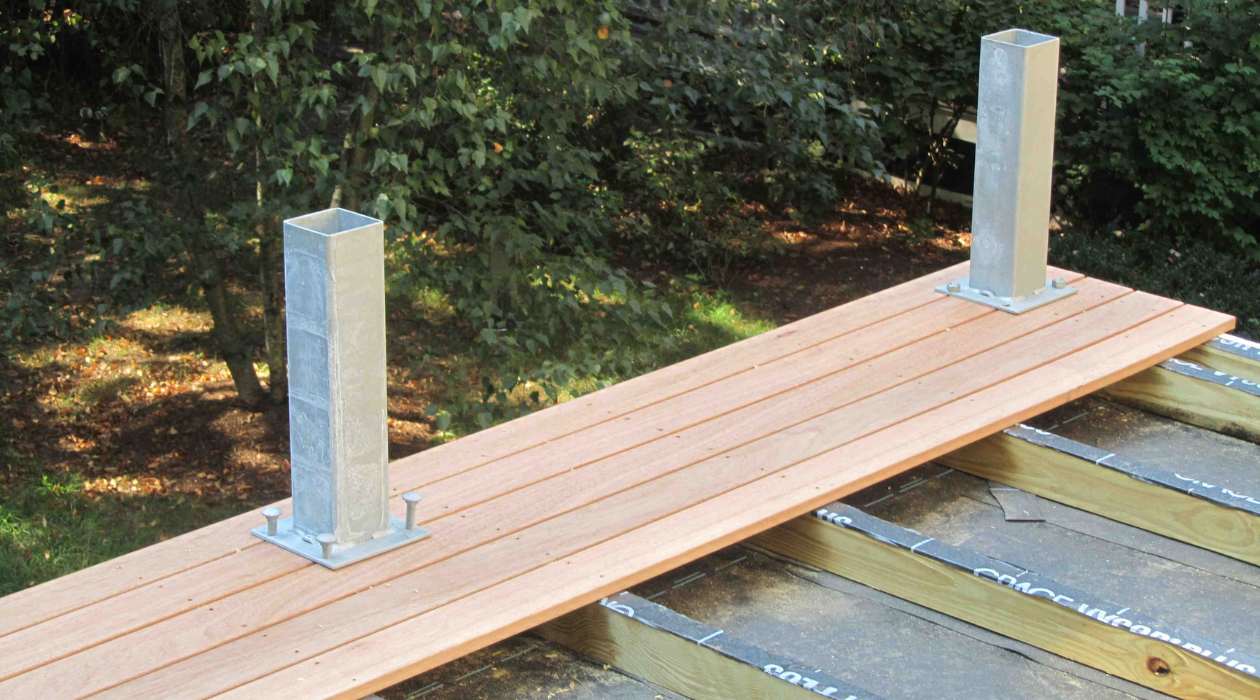
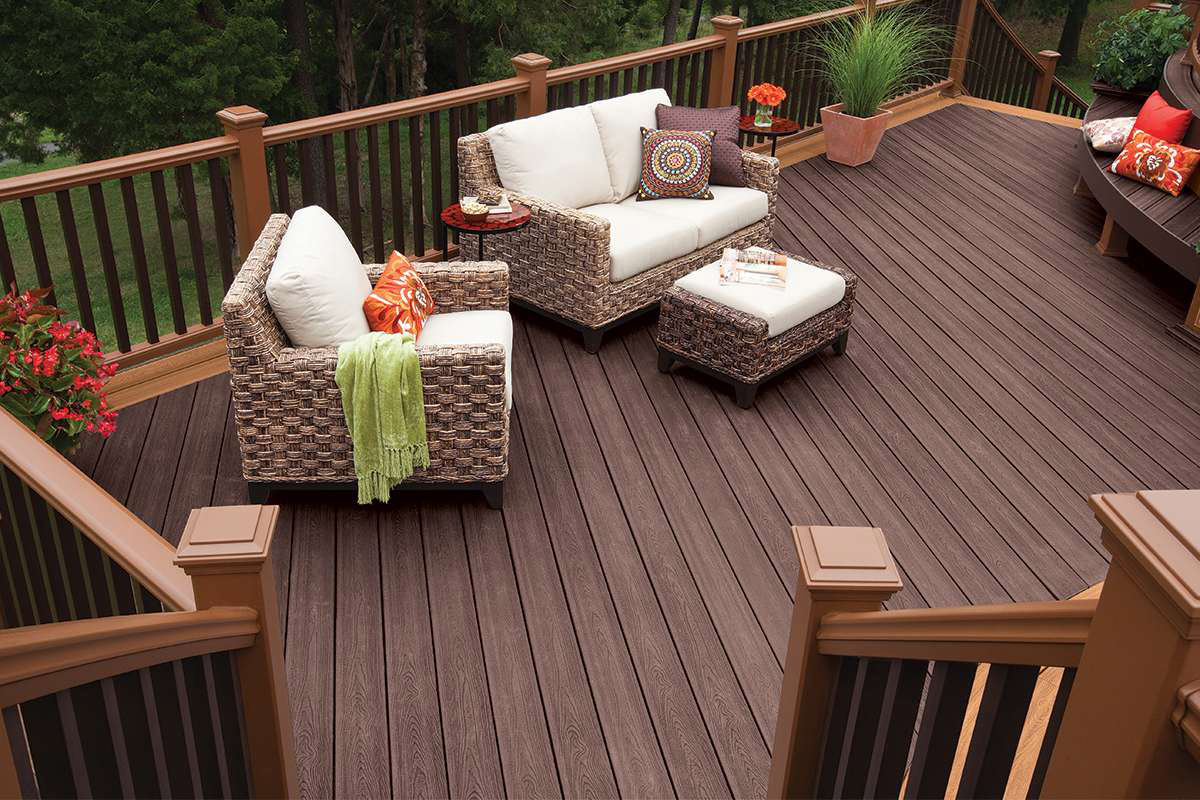
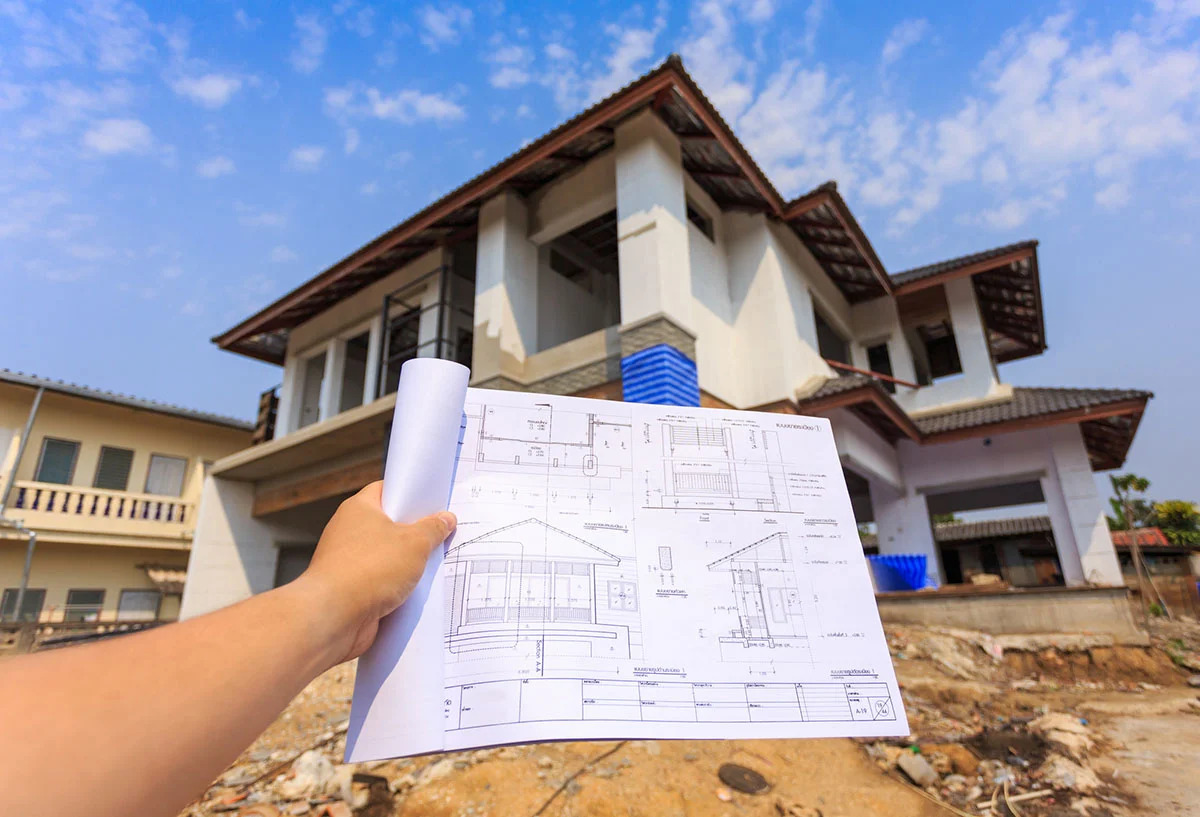

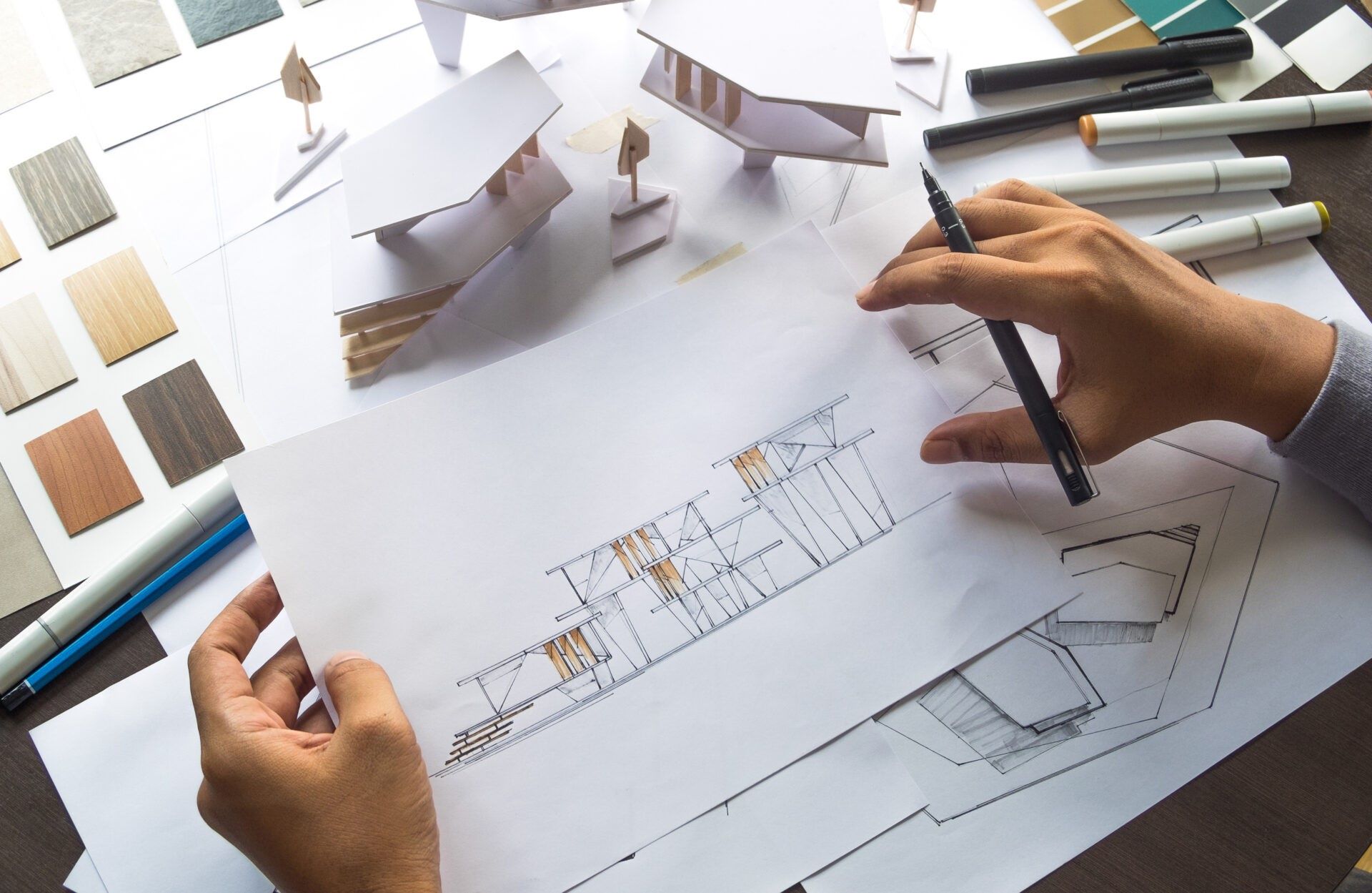
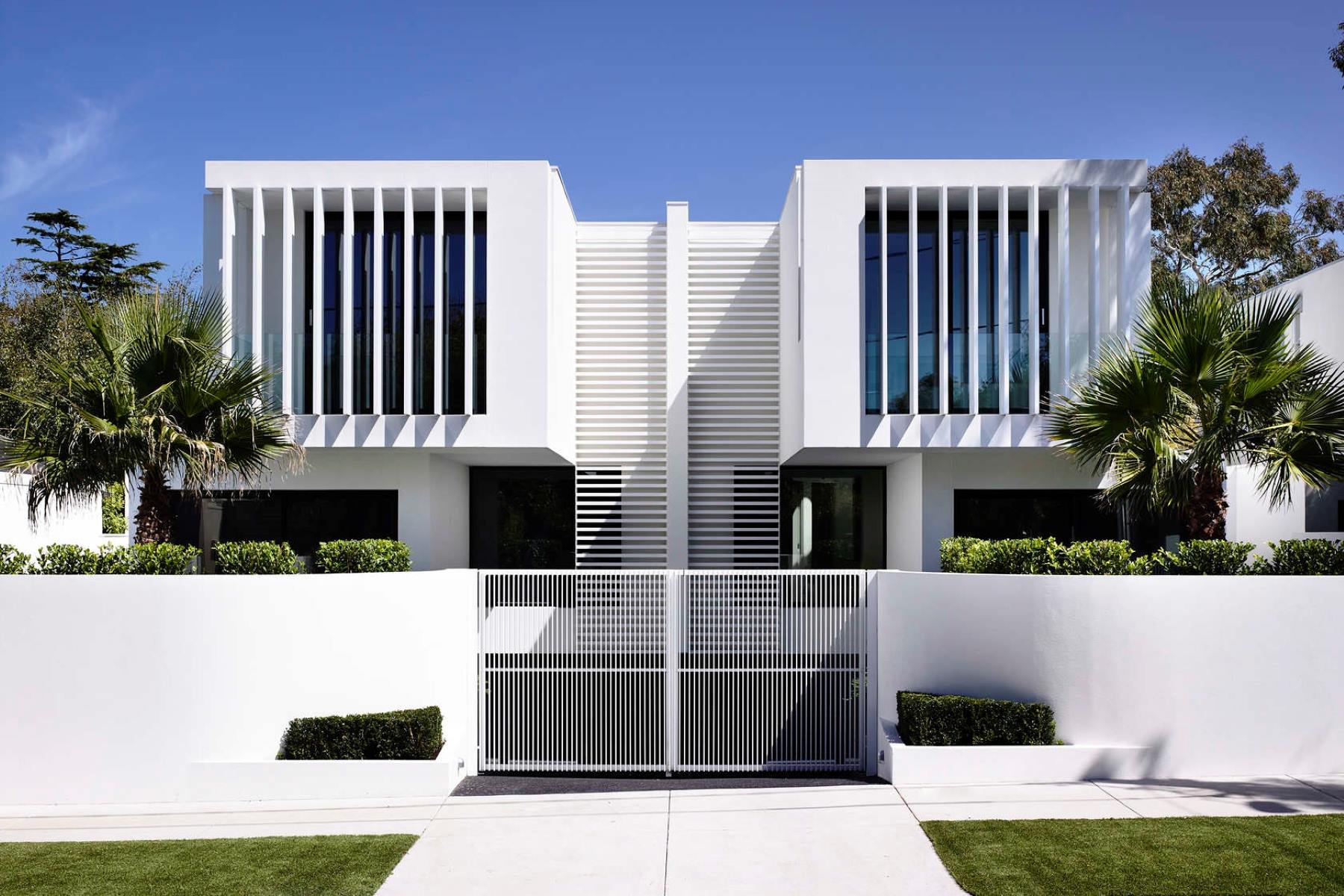
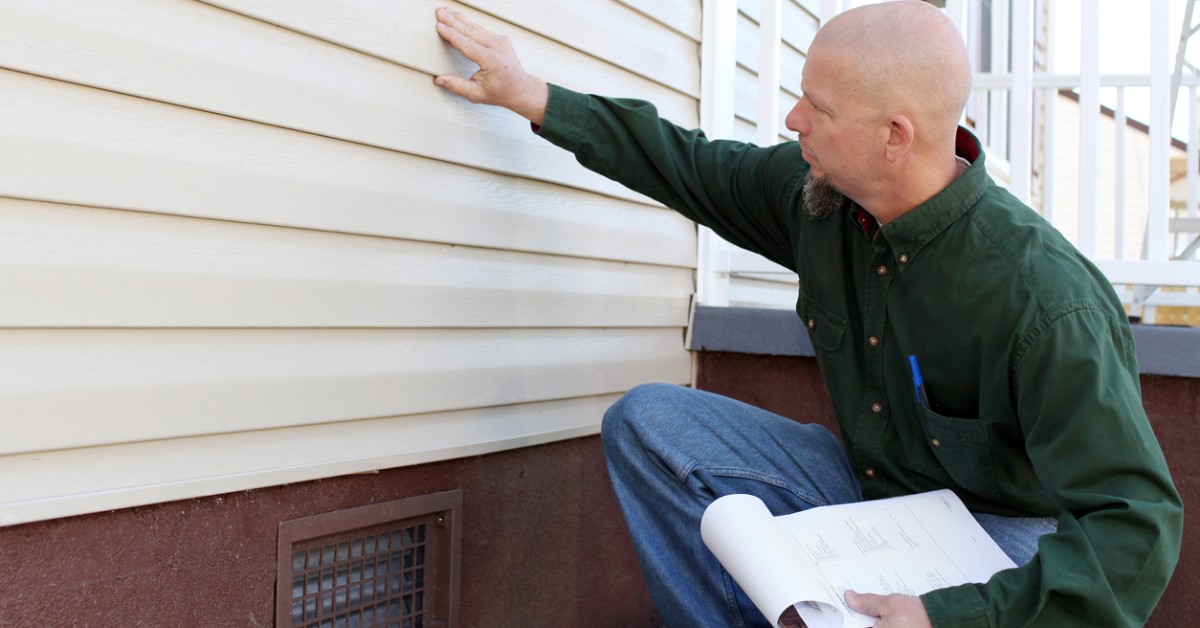
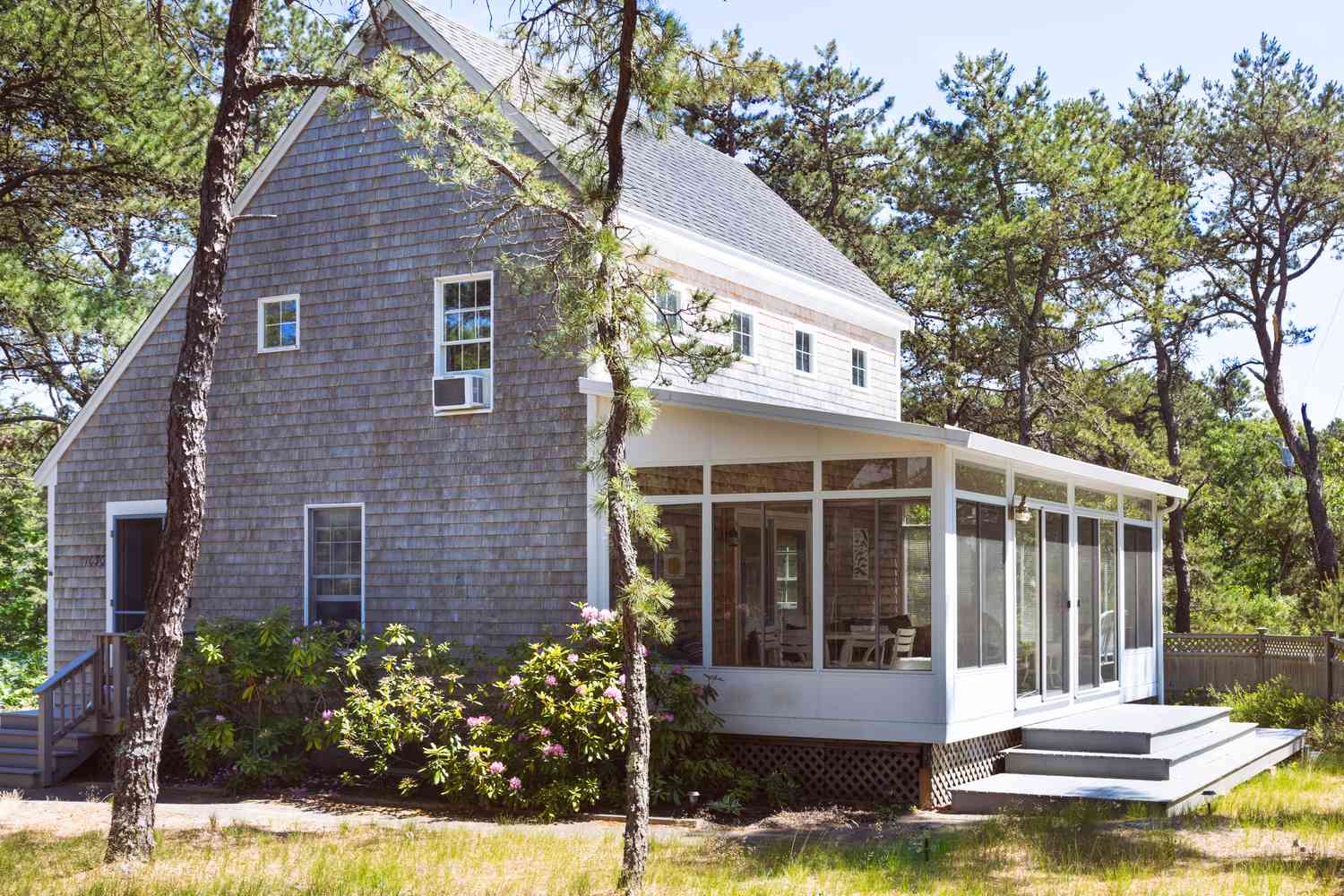
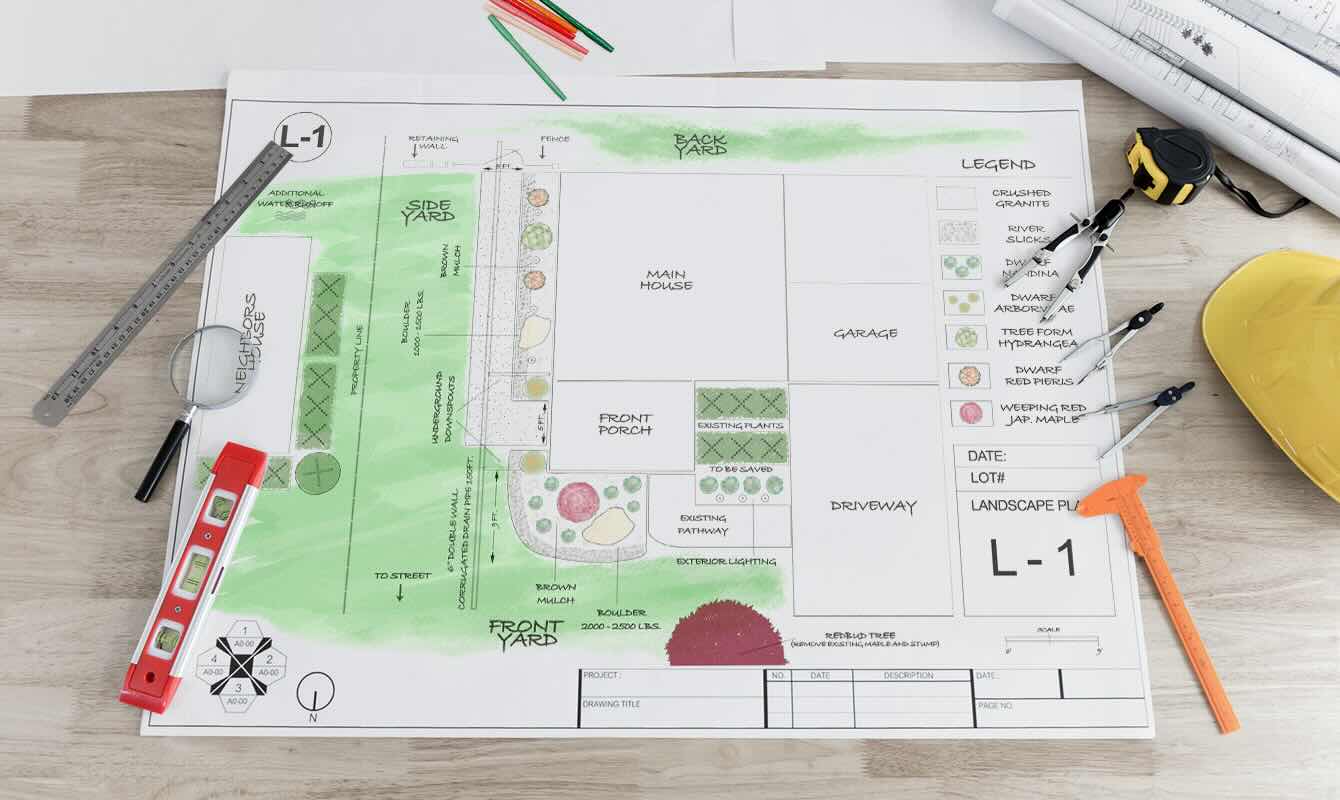
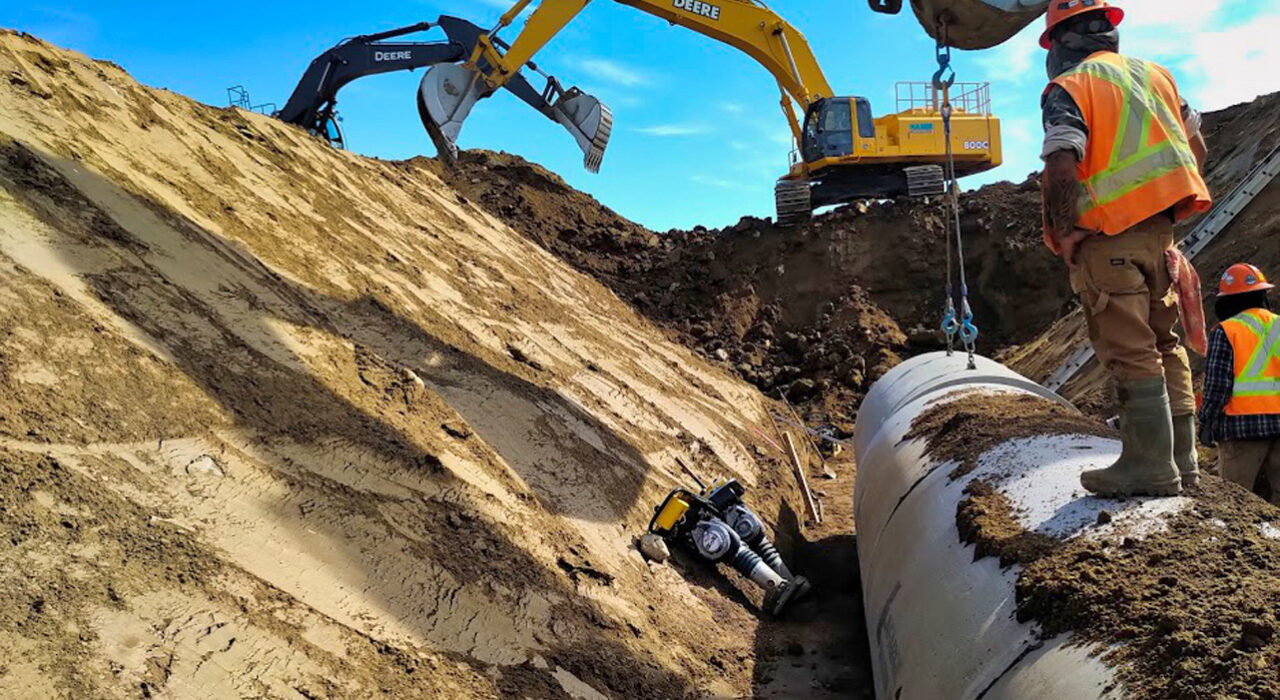
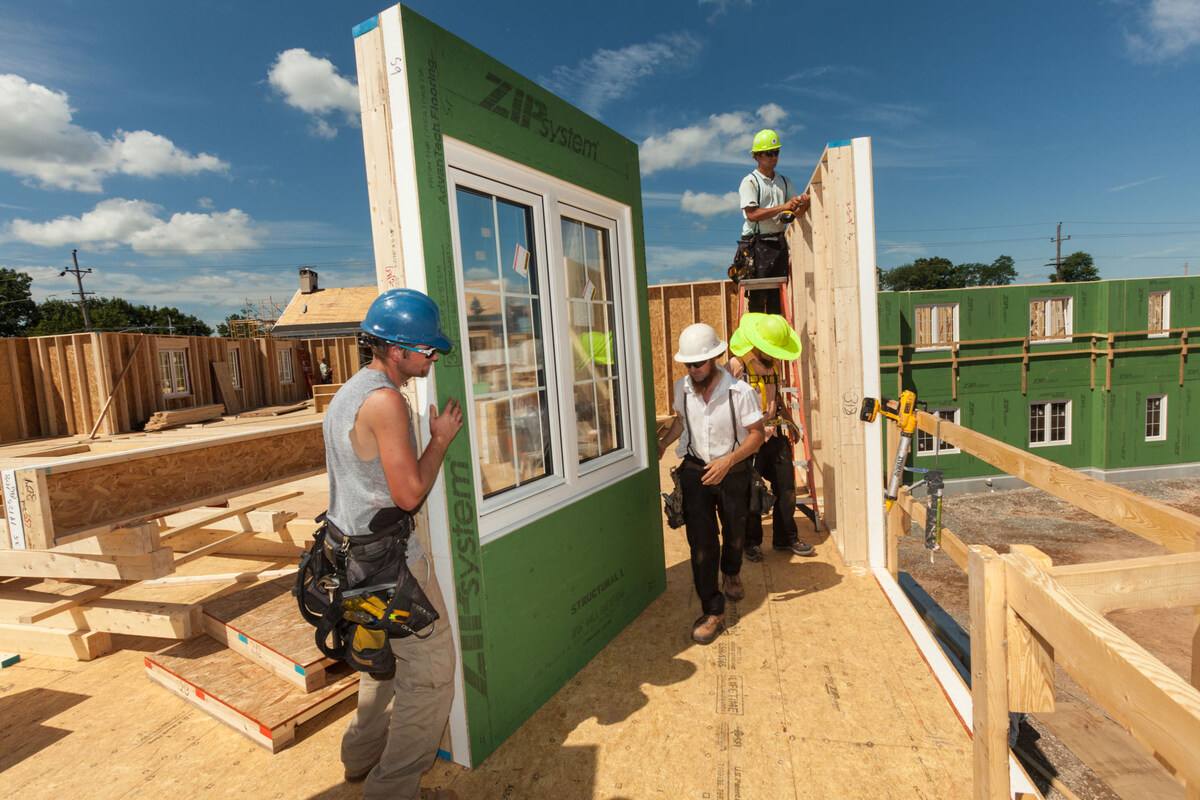


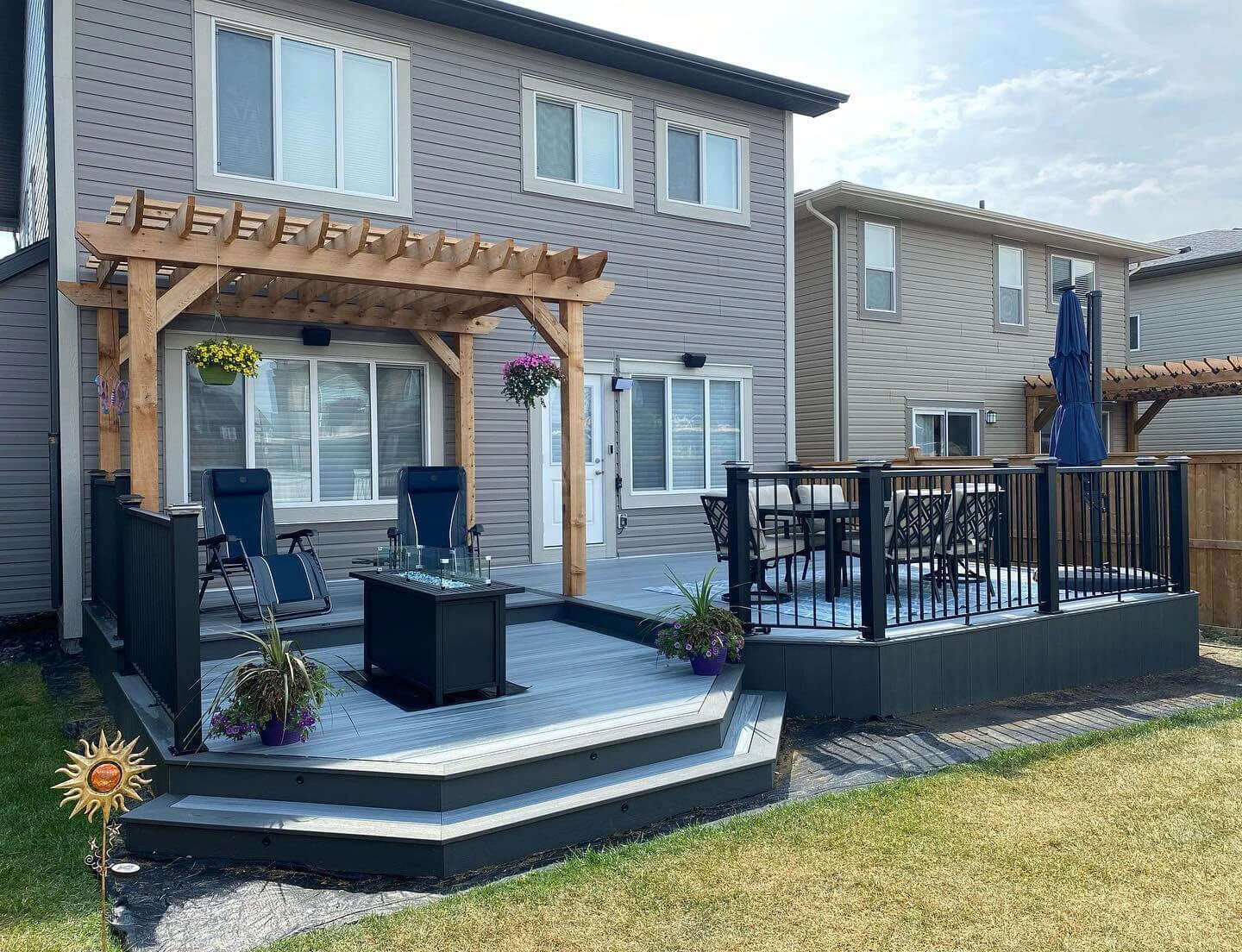

0 thoughts on “Who Specializes In The Design And Construction Of An Outdoor Deck Behind The House”